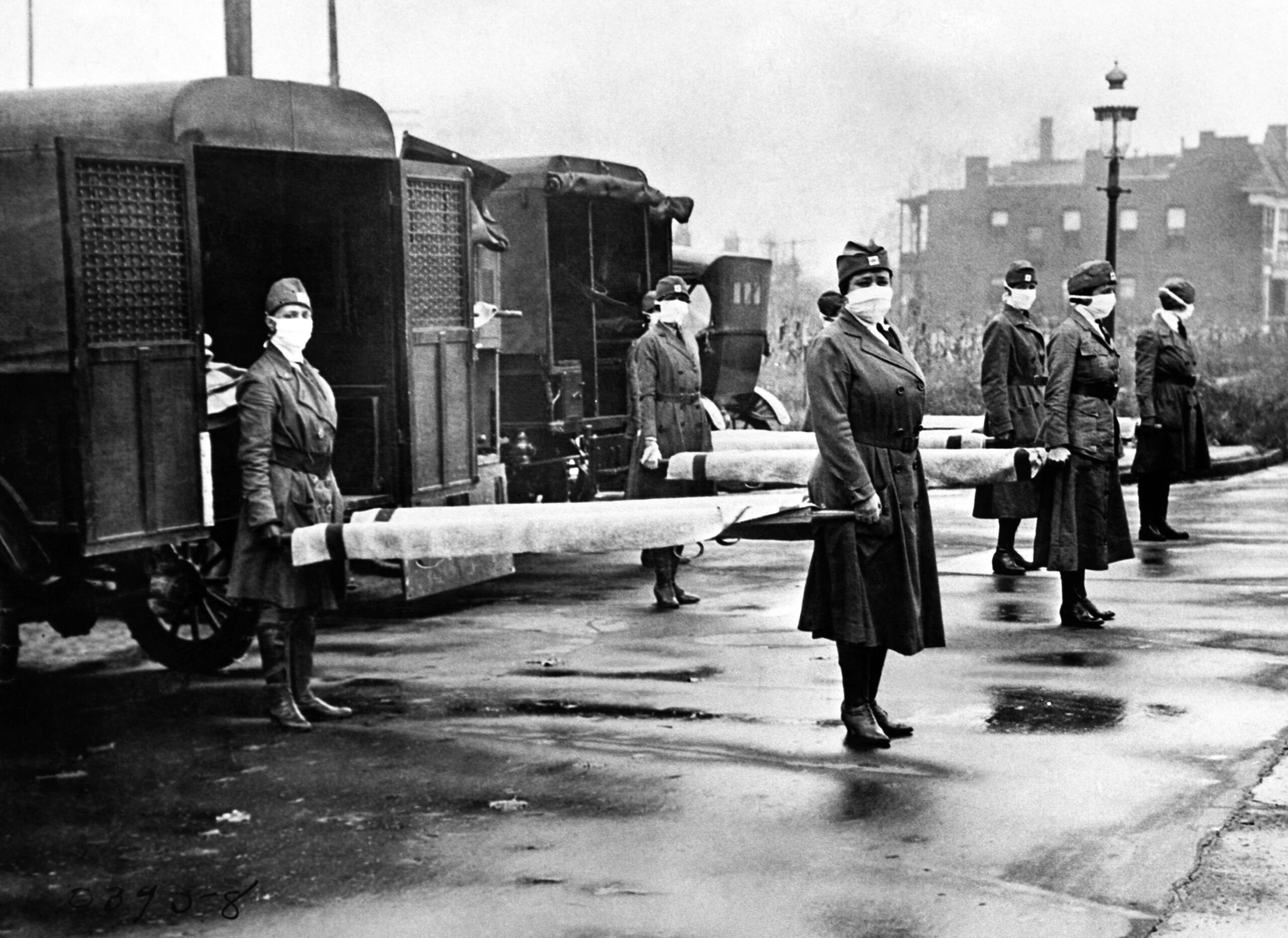Now Reading: Survival Instincts in Urban Areas
-
01
Survival Instincts in Urban Areas
Survival Instincts in Urban Areas

Urban life comes with its own set of challenges, from traffic accidents and fires to sudden natural events or security threats. In India, including Tier 2 cities, residents rely on survival instincts to navigate these situations, often making split-second decisions that can save lives. Understanding how these instincts operate in densely populated areas helps improve personal safety and community preparedness.
One key factor is situational awareness. Observing surroundings, anticipating risks, and recognizing warning signs enable individuals to react quickly and avoid danger. People who stay alert are more likely to make effective decisions under pressure.
Training and experience strengthen survival instincts. Those familiar with emergency procedures, first aid, or safe evacuation routes respond faster and more efficiently during crises. In smaller cities, community drills and local knowledge often supplement formal safety measures.
Social cues influence responses as well. Seeing how others react can guide actions, for better or worse. Collaborative action, such as helping neighbors or coordinating escape routes, can enhance overall survival in urban emergencies.
Technology also plays a role. Mobile alerts, navigation apps, and communication tools provide critical information in real time, allowing residents to make informed choices quickly.
In conclusion, survival instincts in urban areas are shaped by awareness, experience, social observation, and technology. Cultivating these skills in Tier 2 cities empowers individuals to respond effectively to unexpected threats, ensuring safety for themselves and the broader community.

























